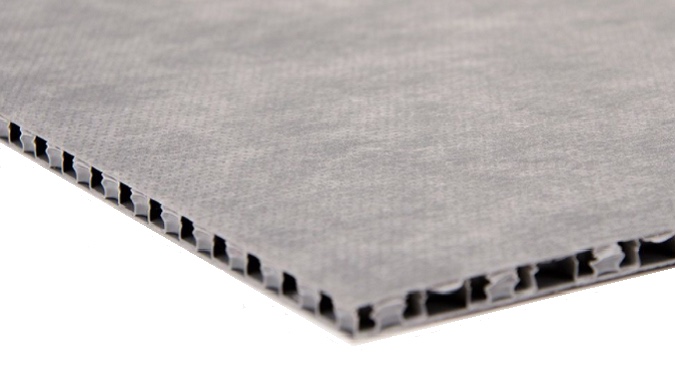Standardní obalové materiály
Netkané textilie
Netkané textilie se staly hojně používaným materiálem při výrobě insertů do vratných přepravních i mezioperačních obalů. Jsou velmi oblíbené díky schopnosti přizpůsobit se tvaru dílů, čímž lze dosáhnout vysoké density v obalové jednotce.
Spunbond
Velmi ekonomický a často používaný textilní materiál na balení zejména lehčích plastových dílů. Je dostupný v různých gramážích a barvách. Kromě obalů se z něj v automotiv vyrábějí i samotné komponenty jako například části stropních panelů nebo sedaček. Používá se také na laminace PP desek.
- Široké spektrum barev
- Možnost antistatiky
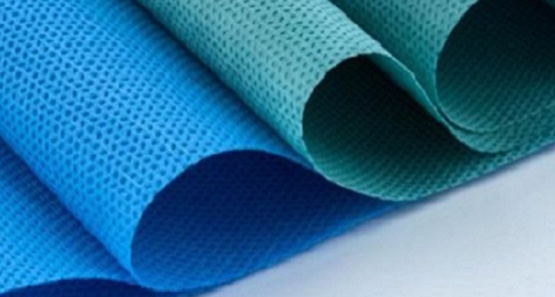
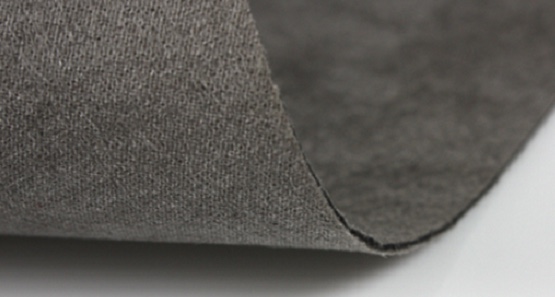
Evolon
Vysoce funkční, měkká a hladká textilie, která neuvolňuje vlákna, poskytuje účinnou povrchovou ochranu při přepravě dílů choulostivých na otěr.
Díky své pevnosti je vhodný pro závěsné systémy do velkých kovových palet nebo paletových boxů. Tento prodyšný materiál odpuzuje vodu a funguje jako UV filtr, a je tak vhodný i pro venkovní skladování.
- Vhodný pro lakované díly
- Měkký a pevný materiál
Tyvek
Velmi odolný a lehký materiál, jenž zajišťuje bezpečné přemísťování dílů bez sebemenšího poškození. Nepouští vlákna a umožňuje uložení celé řady sensitivních komponentů, a to včetně lakovaných dílů ještě před úplným vytvrzením barvy. Osvědčený pro balení dveřních panelů, opěrek rukou, podlahových konzol, nárazníků, světlometů a dalších.
- Vhodný pro lakované díly
- Antistatický
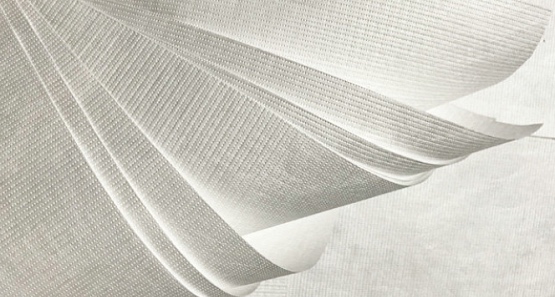
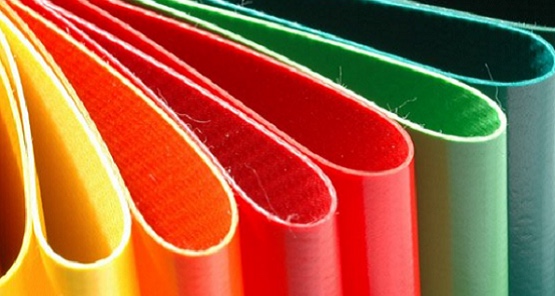
PVC plachtovina
Díky vysoké pevnosti (nejčastěji využívaná densita je 430 a 630 g/m2), a odolnosti tohoto materiálu je možné ušít inserty na míru i pro těžké díly. Hodí se zejména pro závěsné systémy do velkých kovových vozíků. Transparentní PVC v nižší gramáži je oblíbeným materiálem na víka do stohovatelných boxů.
- Vhodný pro těžké díly
- Velký výběr barev
Kašírované fólie
Na rozdíl od běžných fólií jsou kašírované fólie vyztuženy mřížkou, které jim zajišťují podstatně vyšší mechanickou pevnost. Díky nižší hmotnosti a odolné struktuře jsou tyto fólie ideálním materiálem pro krycí plachty do paletových boxů a velkých kovových palet, které vyžadují ruční manipulaci operátory ve výrobě.
- Ideální na krycí plachty
- Různé pevnosti a barvy
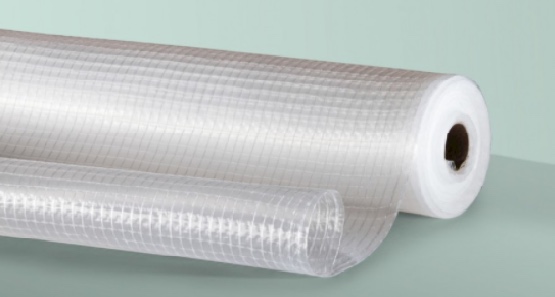
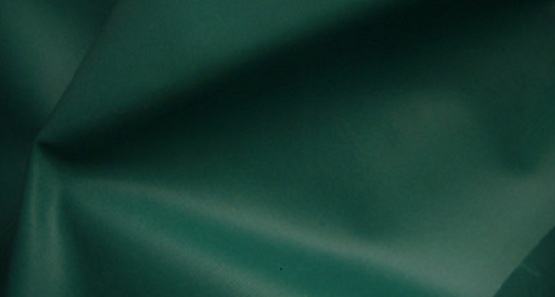
Astonika
Nespornou výhodou této tkaniny ze syntetických vláken je velmi nízká hmotnost. Klouzavý povrch napomáhá snadnému vkládání a vybírání plastových dílů s menšími výstupky pro uchycení jako jsou přístrojové desky, kryty chladičů nebo kryty pod nárazníky.
- Lehký a poddajný materiál
- Umožňuje vysokou densitu
Polypropylenové desky
PP desky jsou velmi snadno zpracovatelné. Dají se jednoduše řezat, svařovat a vrtat. To, spolu s jejich vynikajícími chemickými vlastnotmi a širokým rozptylem provozní teploty od -20°C až po +90°C, umožňuje obrovské možnosti jejich využití.
Kartonplast
V podstatě jde o „karton z plastu” a lze jej použít prakticky všude tam, kde se běžně uplatňuje jednorázový karton. Díky své struktuře, která kombinuje nízkou hmostnost materiálu a hladké stěny, se skvěle hodí pro výztuhy textilních kapes, výrobu proložek, vnitřních přepážek či zákaznických boxů s nižší nosností. Velmi oblíbený je i v reklamním průmyslu. Kartonplast dodáváme ve velké barevné škále, tloušťách a densitě.
- Široké spektrum barev
- Možnost antistatiky a ESD
- Možnost dodání s výsekem
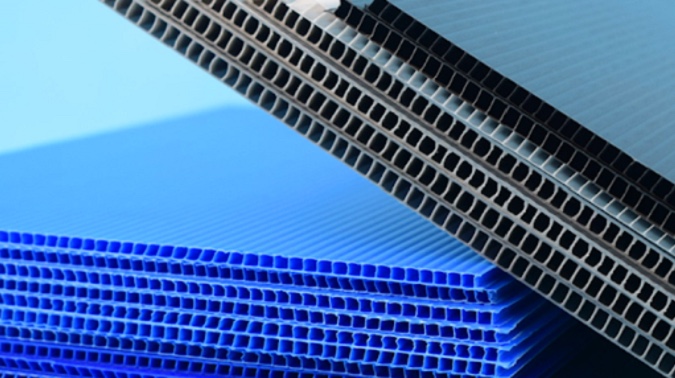
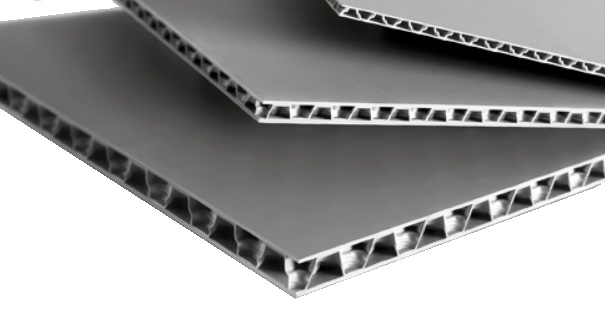
Bublinkový plast
Velmi pevná a současně lehká bublinková struktura těchto univerzálních polypropylenových desek jim zatišťuje prvenství při výběru materiálu pro výrobu vratných zákaznických obalů; stohovacích boxů „na míru”, insertů a plášťů velkých paletových boxů. Desky je možné vyrobit v antistatické nebo ESD úpravě či laminovat. Dodáváme je v tloušťkách od 2 do 12 mm a gramáži 600 až 4000 g/m².
- Možnost specifické RAL
- Možnost antistatiky a ESD
- Možnost dodání s výsekem
PP desky s laminací
Polypropylenové desky umíme dodat včetně jedno nebo oboustranné laminace různými materiály. V automobilovém průmyslu se nejčastěji používají archy laminované Spunbondem (výroba vnitřních mřížek boxů), BOPP fólií (kluzký hladký povrch buněk z tohoto materiálu zajišťuje snadný výběr dílů) nebo pěnou.
- Ochrana dílů proti nárazům
- Možnost dodání s výsekem
